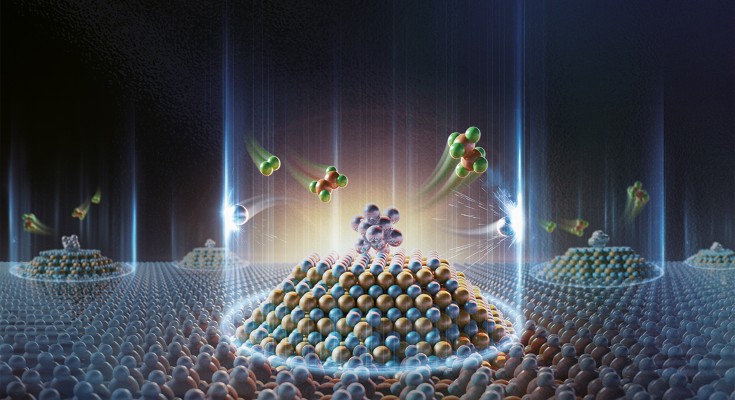
Read our January Issue!
Launched in January 2024, Nature Chemical Engineering is an online-only journal covering the most significant research and analysis of relevance to the diverse community of chemical engineers.

Launched in January 2024, Nature Chemical Engineering is an online-only journal covering the most significant research and analysis of relevance to the diverse community of chemical engineers.


We asked a group of academic innovators, entrepreneurs, investors and start-up mentors to provide advice to aspiring entrepreneurs through the critical stages of their journey — from ideation and research through piloting, scale-up and eventual exit strategies. Their insights offer practical guidance for navigating the unique challenges of building chemical technology companies.